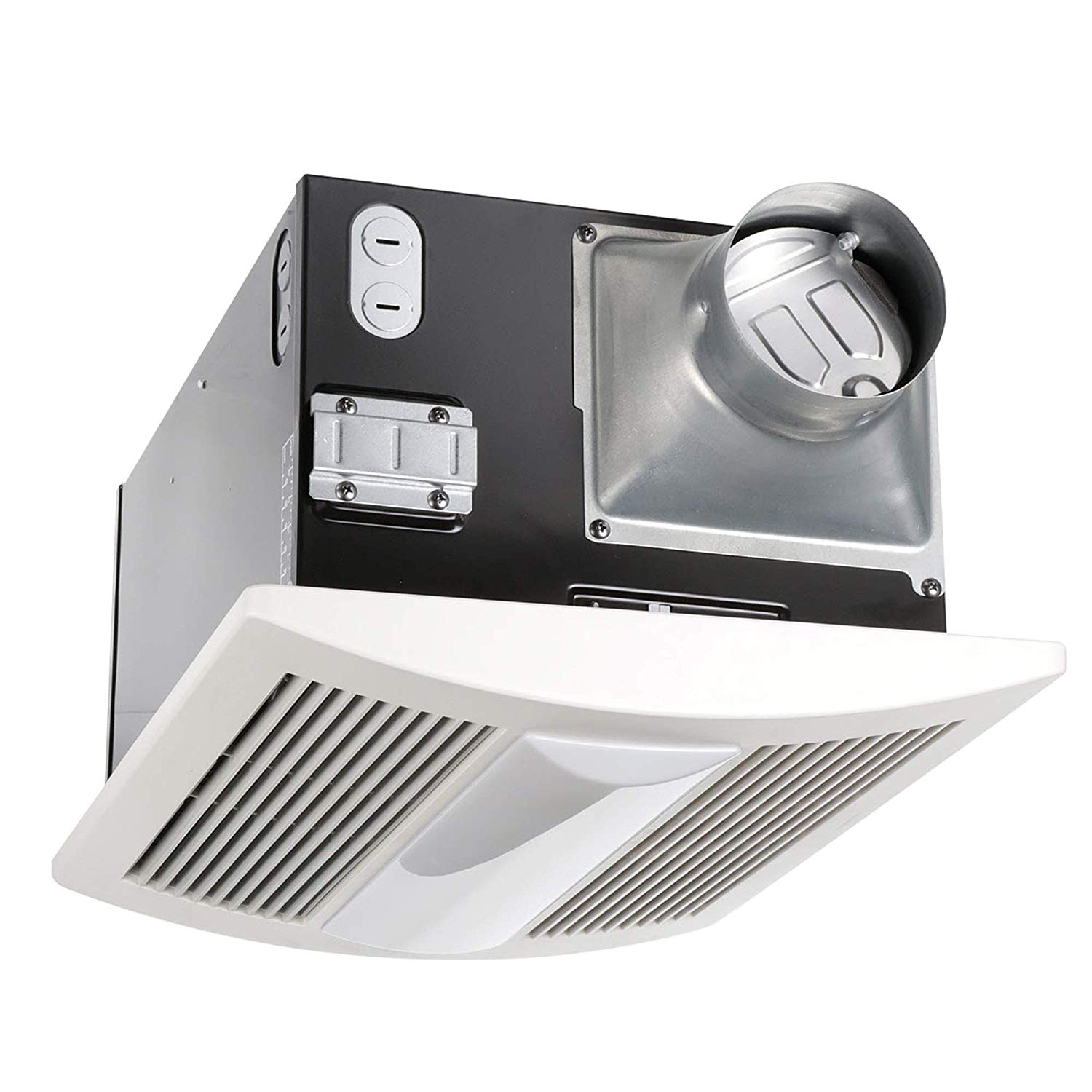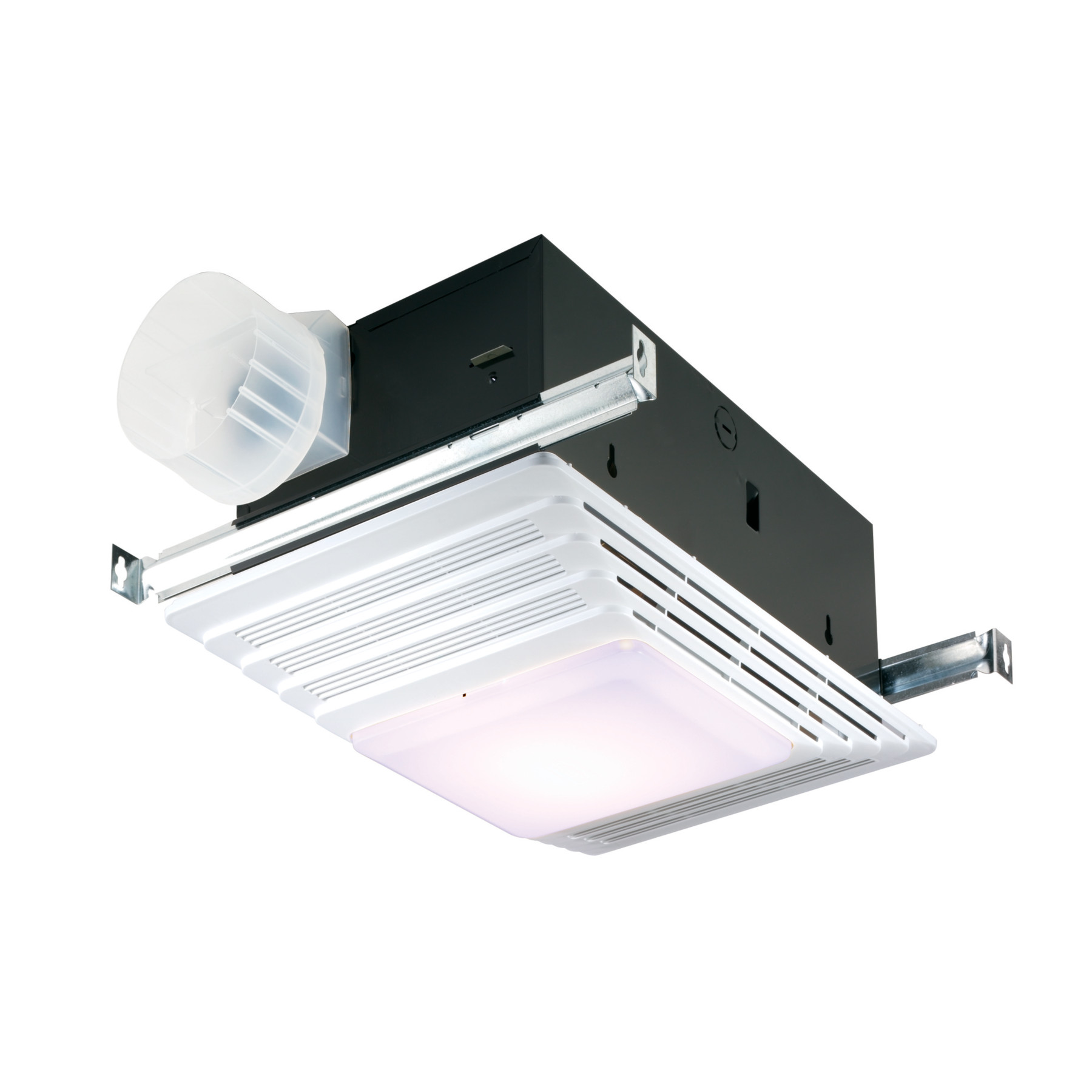Understanding the Functionality of Bathroom Heater Vent Lights

Bathroom heater vent lights combine the functionality of a heater and a light fixture, providing warmth and illumination in bathrooms. They are typically installed in the ceiling or on the wall and feature a built-in heating element that generates heat, while the light fixture provides illumination.
The bathroom heater vent light flickered, casting an ethereal glow upon the tiled walls. The warm air it emitted circulated gently, carrying with it the faint scent of lavender. However, the bathroom fan seemed to struggle, its feeble hum unable to dispel the lingering moisture that clung to the air.
For more effective ventilation, consider upgrading to a more powerful bathroom fan bathroom fan. The improved airflow will not only eliminate odors and excess humidity but also prevent the formation of mold and mildew, ensuring a healthier and more comfortable bathroom environment.
The airflow pattern in a bathroom heater vent light is designed to circulate warm air throughout the bathroom. The heating element heats the air, which then rises and is distributed through the vents in the light fixture. This creates a convective current that circulates warm air throughout the bathroom, providing even heating.
In the realm of bathroom ventilation, the humble heater vent light often takes center stage. Yet, when it comes to efficiency and performance, it may be time to consider an upgrade. Top-rated bathroom extractor fans offer superior airflow, effectively eliminating moisture and odors, ensuring a refreshed and revitalizing space.
While heater vent lights provide warmth, they lack the targeted extraction capabilities of dedicated extractor fans. Embrace the symphony of fresh air and tranquility, as your bathroom heater vent light transforms into a beacon of ventilation excellence.
Types of Heating Elements
There are several different types of heating elements used in bathroom heater vent lights, each with its own advantages and disadvantages:
- Ceramic heating elements: Ceramic heating elements are made of a ceramic material that is resistant to heat and electricity. They are durable and energy-efficient, but they can take longer to heat up than other types of heating elements.
- Metal heating elements: Metal heating elements are made of a metal alloy that is resistant to heat and electricity. They heat up quickly and efficiently, but they can be more expensive than ceramic heating elements.
- Carbon fiber heating elements: Carbon fiber heating elements are made of a carbon fiber material that is resistant to heat and electricity. They are lightweight and flexible, and they heat up very quickly. However, they can be more expensive than other types of heating elements.
Installation and Maintenance of Bathroom Heater Vent Lights

Installing a bathroom heater vent light requires careful planning and safety precautions. First, turn off the power supply to the bathroom at the circuit breaker. Next, remove the existing light fixture and disconnect the wires. Connect the wires of the new heater vent light according to the manufacturer’s instructions, ensuring secure connections. Finally, mount the heater vent light in place and restore power to the bathroom.
Maintaining a bathroom heater vent light involves regular cleaning and troubleshooting. Clean the vent cover regularly to prevent dust and debris buildup. Inspect the light bulb periodically and replace it if it burns out. If the heater vent light malfunctions, check the power supply, wiring, and bulb first. If these components are functioning properly, consult a qualified electrician for further assistance.
Table: Features and Specifications of Different Bathroom Heater Vent Light Models
| Feature | Model A | Model B | Model C |
|—|—|—|—|
| Wattage | 1500W | 2000W | 2500W |
| Heat Output | 5000 BTU | 7000 BTU | 9000 BTU |
| Ventilation CFM | 100 | 120 | 150 |
| Light Fixture | Incandescent | LED | Fluorescent |
| Timer | Yes | No | No |
| Remote Control | No | Yes | Yes |
Tips on Maintaining and Troubleshooting Common Issues with Bathroom Heater Vent Lights
* Clean the vent cover regularly to prevent dust and debris buildup.
* Inspect the light bulb periodically and replace it if it burns out.
* If the heater vent light malfunctions, check the power supply, wiring, and bulb first.
* If the heater vent light is not heating properly, check the wattage and heat output specifications to ensure it is adequate for the size of the bathroom.
* If the heater vent light is making noise, check for loose components or debris in the fan.
Design Considerations for Bathroom Heater Vent Lights

When selecting a bathroom heater vent light, several factors should be considered to ensure optimal functionality and aesthetic appeal.
Size and Shape
The size and shape of the heater vent light should complement the dimensions and layout of the bathroom. Larger bathrooms may require multiple units or a larger-sized light to provide adequate illumination and heating. The shape of the light can influence the distribution of airflow and heat, with circular or square designs offering more uniform coverage.
Style
The style of the heater vent light should harmonize with the overall bathroom design. Modern bathrooms may opt for sleek and minimalist designs, while traditional or vintage-inspired spaces can incorporate lights with ornate details or classic finishes. The color and material of the light should also complement the bathroom’s color scheme and fixtures.
Integration, Bathroom heater vent light
Bathroom heater vent lights can be seamlessly integrated into various bathroom designs. Recessed lights installed within the ceiling provide a subtle and unobtrusive appearance, while surface-mounted lights offer a more prominent and decorative element. Lights can be positioned above the vanity mirror for task lighting or in the center of the ceiling for general illumination. By carefully considering the size, shape, style, and placement of the heater vent light, it can become an integral part of the bathroom’s design and enhance both its functionality and aesthetics.